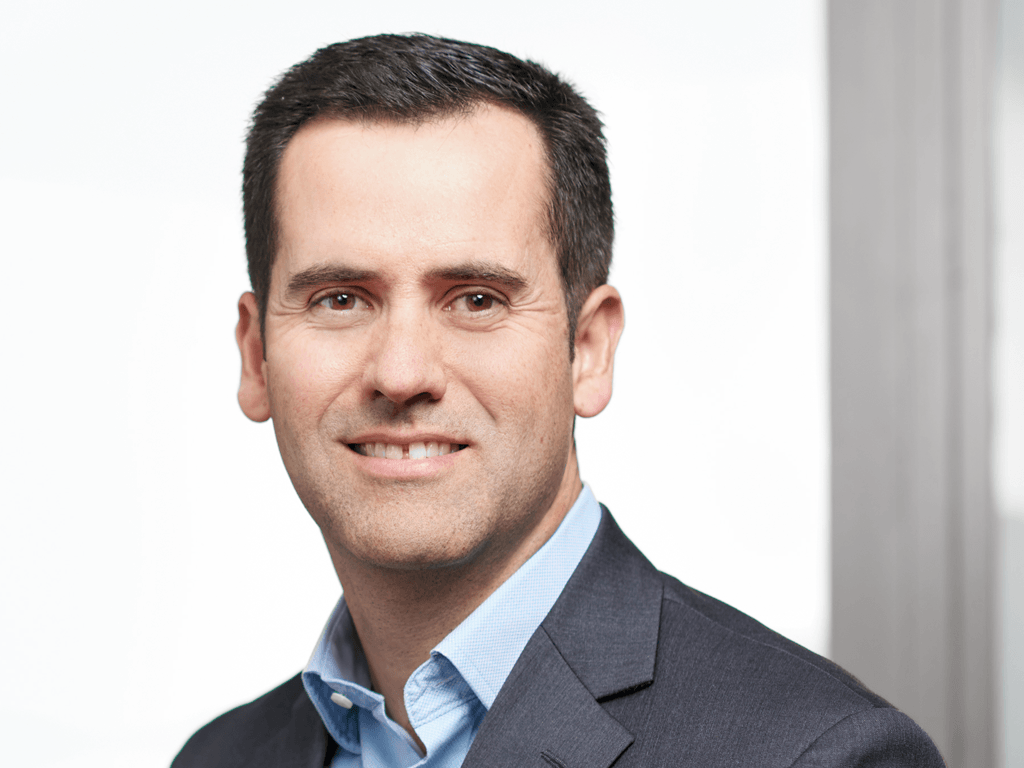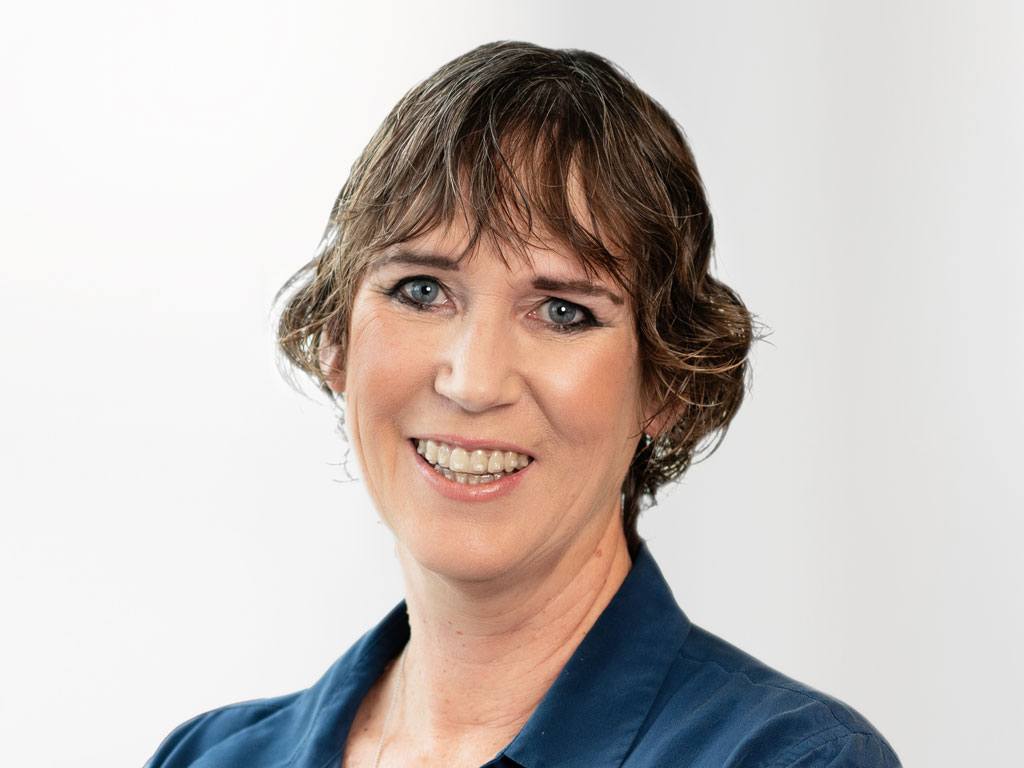A little knowledge can be a dangerous thing. So can a lot of knowledge!
Competitive intelligence, particularly around the intellectual property rights of others, can be highly valuable. It can also be dangerous and expensive unless you have applied clear strategic thinking.
Before searching it pays to consider:
- Your resources: including your budget and in-house expertise
- Your risk tolerance
- Competitor/collaborator attitude – bull or bear?
- Your investment in the project – when can you walk away?
- Why you are searching
- What you intend to do with the information you get
While there are many reasons for IP searching, in this article we look at three key areas and focus on patents. For other options see here.
Competitive Landscape
Competitive intelligence can be gained from a number of sources – typically online and in-person.
It has never been easier to find out what your international competitors have been doing. As we know, search engines can address your specific questions and provide highly relevant information within fractions of a second, meaning that many of our clients set aside at least 30 minutes every week to stay informed of global technology developments.
Stepping away from the screen, face-to-face interactions remain important in many sectors. Research academics have long appreciated the importance of attending conferences and speaking with other research teams which often leads to the sharing of useful information that will otherwise never be published. As another example, in the field of Agritech in New Zealand, the National Fieldays has been a significant source of competitive intelligence for both our clients and their competitors – since innovators try (often unsuccessfully) to find a balance between securing a sale and retaining a competitive advantage through withholding their proprietary information.
Care needs to be taken that the act of researching the competitive landscape does not inadvertently put your invention into the public domain or inspire others to work on a similar idea – noting that in many countries, a patent cannot be granted for an invention that has entered the public domain before a patent application is filed.
When undertaking market research, try focusing your questions around the problem rather than suggesting a solution. For example, you may ask “What problems do you encounter when parking your vehicle in busy carparks?” rather than “Would you buy a vehicle with embedded proximity sensors that are engaged by an AI to park your vehicle without driver input?”.
Also recognise that many of the free online search platforms available do not make any meaningful assurances around the security of the information that you input. If not already, then in time we may see that your inputted data is included in the data sets used to train AI to provide your competitors with answers to their queries.
Freedom to Operate
If it appears that there is a market for an idea (from looking at the competitive landscape), another type of searching can be considered – Freedom to Operate (FTO) searching – which helps you understand how existing IP rights might impact on your commercial goals. This type of searching can provide a better understanding of the risk profile of a new venture, but can unknowingly expose an individual or firm to greater risk if not done well or bad decisions are made.
Any relevant results should be analysed by a competent professional to clearly understand the scope of the IP rights found and how they could affect your business.
Without full analysis by a competent patent attorney, searching can be a liability. In a famous case from the 1980s, Polaroid alleged that Kodak had wilfully infringed its US patents because it had known about them and carried on despite that. Under US law that would have exposed Kodak to triple the damages that would otherwise be due. Kodak narrowly avoided those triple damages only because it could establish that it sought early, regular and considered advice from its competent patent attorneys. While that advice was later proved wrong, their conduct in light of that advice was not held against them.
We are aware of unregistered patent attorneys offering freedom to operate advice, often using flawed methodologies that no court would ever apply. Individuals and firms that commercialise their technology on the basis of those results are increasing their risk profile.
Where a client’s commercial product or process is clearly identifiable (rather than conceptual) we often recommend that a FTO search is conducted in a client’s first market – or where they will be manufacturing (such as Australia or New Zealand). This minimises costs (FTO analysis can be expensive) and lets you know if you can proceed at all. Decisions around whether to expand searching to other markets can be made before you enter those markets – considering your risk tolerance and budget.
If impediments to commercialisation are identified early, then we can work with clients to develop a strategy to work with or around those impediments.
Product Development
Actively using search results to help with client product development is one of the more satisfying jobs a patent attorney can do.
Identifying white space that is free of IP impediments, and focusing R&D resource in that space, allows our clients to develop their own niche and strengthen their own IP position. One example of how this has worked well follows.
One of our clients was an agritech firm with its competitors being some of the largest multi-nationals in the world. These competitors were not only large in terms of market domination, but also in terms of R&D and IP budgets.
We worked with our client to establish a strong IP position. We kept a close eye on the IP landscape by conducting structured monthly searching of specific competitor IP rights. Armed with that knowledge, we worked with the client to design its R&D and commercialisation strategies to avoid those rights.
Numerous supporting patent applications were then filed around a “sweet spot”, such as consumer preferences, which gave our client an edge over its competitors.
Our client’s innovative culture, coupled with its structured approach to identifying the competitive landscape and risks to the business, are some of reasons that our client was acquired in a major global acquisition by one of its multi-national competitors.
Conclusion
Overall, competitive intelligence from IP searching can be highly valuable. But before you start looking, carefully consider your approach, and always get advice from a competent patent attorney.











